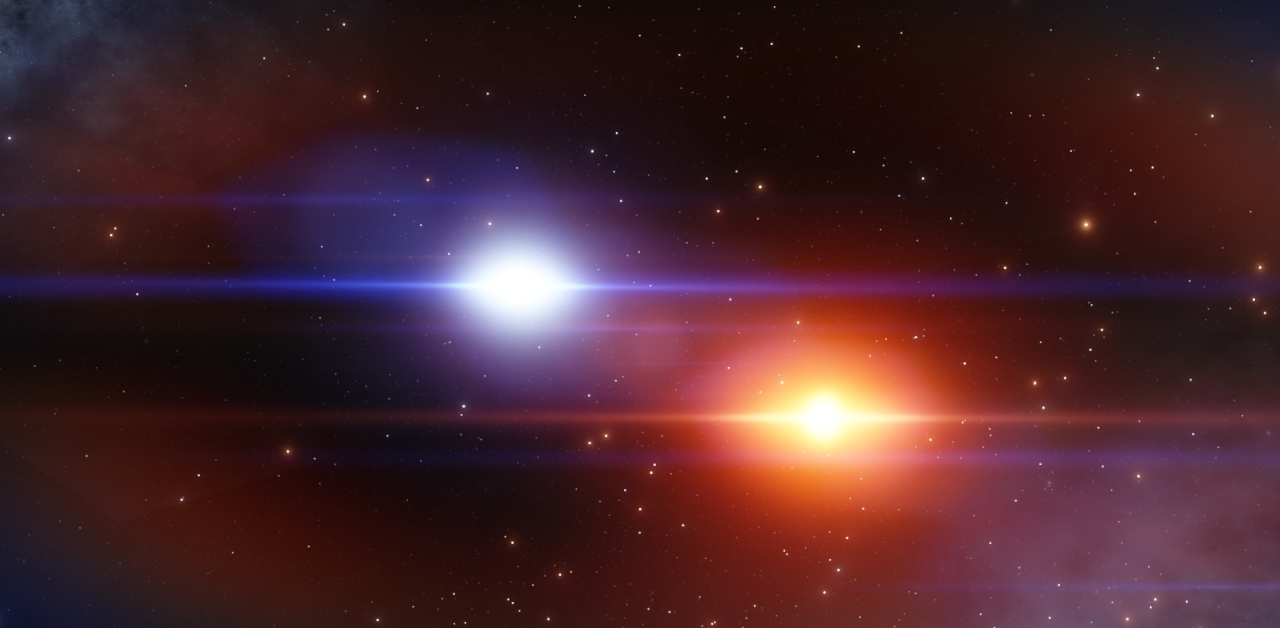A file of over 500 double stars selected and recommended as targets because they are a sight to behold.
Double stars make brilliant targets for light polluted skies
The data file is in a spreadsheet for ease of sorting and modifying in Excel, Google Sheets, Libre Office etc.
The fields include object name(s), location information and star data – magnitudes, separation and position angle. Also included is a rating (5 being the best) which helps me prioritise targets, observed colours and a description. Finally, there are columns to add your own rating (I use T for targets here), date of observation and comments.
There is a note sheet and a separate sheet is used to produce a CSV export file for the SkEye app.
A invaluable and the definitive site for looking up double star information is Stelle Doppie.
- The Coldfield Observatory list (http://users.compaqnet.be/doublestars) of 200 most beautiful double stars – this includes colours and brilliant descriptions as well as a brilliant star rating system.
- Saguaro Astronomy Club Double Star Database (https://www.saguaroastro.org/sac-downloads) – This is a comprehensive dataset base of over 2100 binaries.
I merged the Coldfield list into the Saguarto list and used a judgement call to select what I hope are the best 500 odd binaries as 2100 simply drowned the SkEye map view. The 300 additional binaries not rated have been given a rating based on the Saguaro description, so if it says “beautiful” I’ve given it a 5 rating for example. The stars without colours and no description have given a 2 rating which Coldfield didn’t use.
To make it easier to search the “best” binaries, I have included the constellation and the *rating in the name.
I’ve adopted the following colour system:
CoCo = Color Contrast, the star exhibits a difference in color between the primary and secondary.
B:blue, BG:blue-green, BW:blue-white, G:green, Gy: grey, L:lilac, O:orange, P:purple, R:red, V:violet, W:white, Y:yellow but I have not included some of the more esoteric colour notes used by Saguaro.
For space reasons, the full descriptions have not been carried over but I do have these in the Excel spreadsheet I used to create this CSV. I recommended looking at the original sites especially the Coldfield one.
I had to convert the RA format from HH:MM.M to HH:MM:SS and tidy up the data so that the SkEye custom database would work. Thanks to Harshad for help here.
Even with just 500 objects, the map view is rather “congested” in SkEye but the developer has indicated that a future version of the app will allow the changing of label opacity and absolute scale for the custom database.
Caveats
No guarantees as to the accuracy of this data which is not a clean as it should be. Some information (magnitudes, colours etc) is missing, descriptions may be unclear, grammatically incorrect, use a variety of UK/US English or missing.
Double Star astronomy by Bruce MacEvoy
https://www.handprint.com/ASTRO/bineye2.html suggests that many sources including the ones I used contain data errors errors and about a third of the doubles presented having evidence as gravitationally bound binaries. The rest optical asterisms.

Thanks for this list – especially in spreadsheet format. Makes things alot easier.
Regards